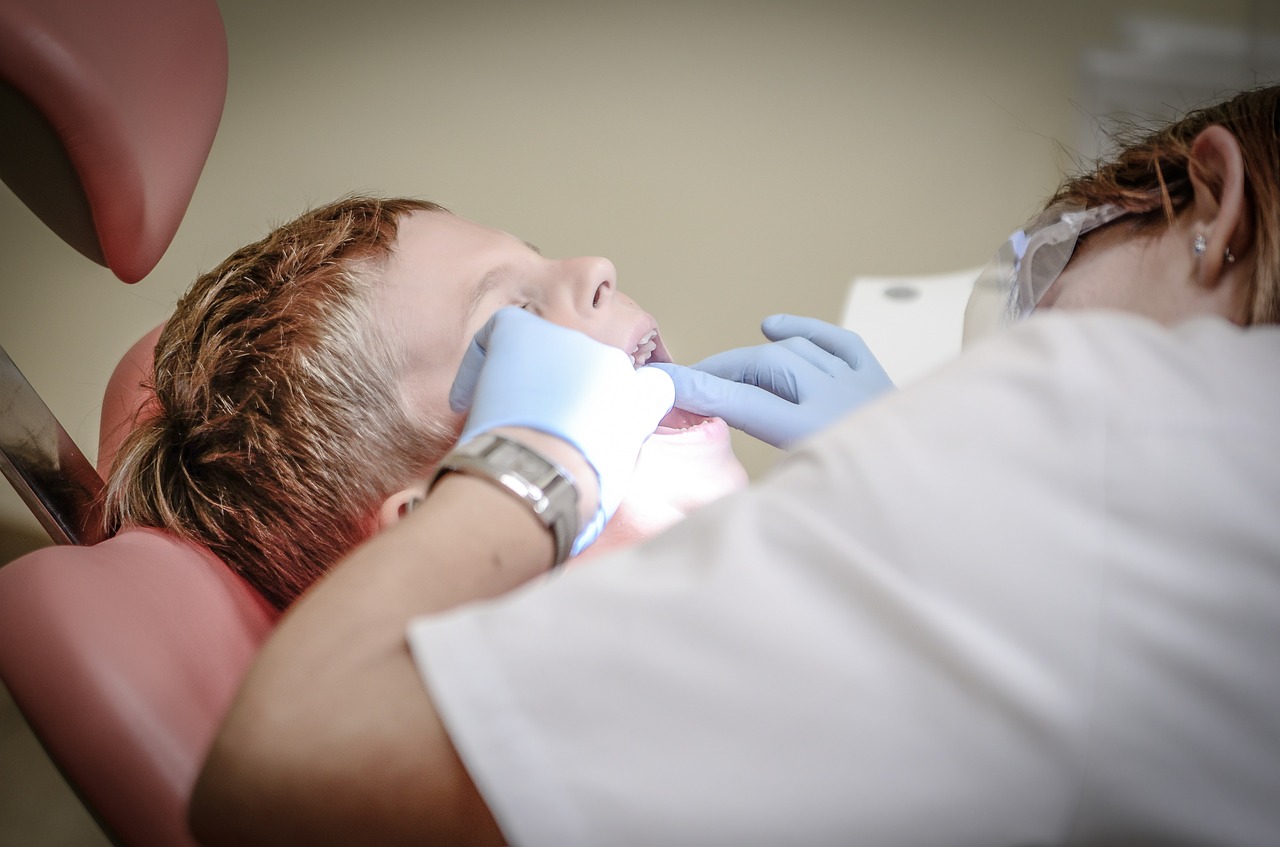UK Hemophilia Care Teams Lack Knowledge on Bleeding Risks in Dental Procedures, Study Suggests

Hemophilia care providers in the U.K. have insufficient knowledge on how to assess the risk of prolonged bleeding associated with dental procedures, a study has found.
The study, “U.K. hemophilia treaters’ knowledge of risk assessment for prolonged bleeding associated with dental procedures,” was published in the journal Special Care in Dentistry.
Previous studies revealed that children and adults with severe hemophilia have poorer oral hygiene than the healthy population, often requiring more invasive dental treatments. Many of these patients fear going to the dentist due to the possibility of hemorrhage and other severe complications.
To avoid these problems, international guidelines advise that these patients may need to take prophylactic (preventive) therapies prior to dental treatments. However, these treatment measures can be expensive and can easily exceed the costs of the proposed dental treatment.
The development of less invasive techniques has significantly reduced the risk of bleeds during dental procedures, and consequently lowered the need for extensive prophylactic treatments.
More recent guidelines specifically identify which dental treatment approaches should be accompanied by clotting factor replacement therapies, if any, depending on their complexity and invasiveness. Additionally, dentists should minimize the possibility of overtreatment and prevent patients from undergoing high-risk procedures.
Nevertheless, the best dental care for patients with hemophilia or other inherited bleeding disorders, can only be achieve through a close interaction and cooperation between the patient and the clinical team.
Researcher in the U.K. conducted a questionnaire-based study to assess if hemophilia clinical teams, including doctors and nurses, were aware of the current guidelines for developing an adequate dental treatment plan for adults with bleeding disorders.
Forty-one participants from 37 clinical centers in the U.K. completed the questionnaire. Most of the participants had more than three years of experience treating patients with bleeding disorders, and almost all of them reported having coordinated treatment measures with dental teams.
About 35% of participants worked at hemophilia centers, while 53% were from comprehensive care centers and 12% were at community hospitals.
Most participants (85%) said they usually followed the United Kingdom Doctors’ Hemophilia Organization (UKHCDO) guidelines, while 4% followed the World Federation of Hemophilia (WFH) 2006 guidelines. About 11% said they used what they identified as “local” guidelines, which were established based on either UKHCDO or WFH recommendations.
Analysis of the participants’ knowledge on the risk of prolonged dental bleedings revealed that only two participants were able to correctly respond to all questions. Overall knowledge levels were poor, with 50% of participants answering fewer than half of the questions correctly.
When confronted with three different possible clinical scenarios, the teams revealed high levels of uncertainty on treatment approaches and regimens to use to prevent dental bleedings. In addition, in about 50% of the cases, the responders were applying the guidelines inappropriately and showed a tendency to overprescribe bleeding management therapies.
These findings revealed “a gap in participants’ knowledge in relation to dental procedures that carry a risk of prolonged bleeding,” the researchers wrote. This lack of knowledge may lead to unnecessary use of systemic prophylactic factor replacement treatments, which may contribute to additional complications later on, they said.
Although this study does not definitively determine the knowledge and practice of all U.K. hemophilia care providers regarding dental care, it still suggests a trend.
“Education initiatives and algorithms aimed at implementing updates on recommendations about the risk of bleeding are indicated to reverse this trend,” the researchers suggested.






